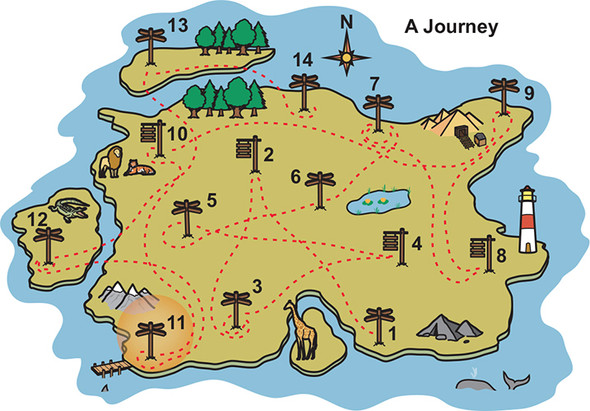
This chapter covers
- What a framework is and how to use it
- How to build frameworks for simulators and iDevices
- How to use a framework in an Xcode project
- What UIKit is

Milestone 11 is frameworks. This chapter is for people who plan to help others code, not by teaching them, but by uploading sets of code for people to use on sites such as GitHub, BitBucket, and GitLab. You can also create local repositories so that you can keep track of your learning and use older code as building blocks for your newer, full-fledged apps!

How can I be almost done learning iOS development if I still have more chapters to go?
What you learn in the final chapters, including this one, covers topics you use for specific purposes instead of the general-purpose code you’ve used so far. At the beginning of each chapter, I explain what that chapter is most useful for.
I’ll start with a simple question: what is a framework? A framework is a set of classes, functions, code, and even other frameworks that can be easily reused.
The easiest way to understand frameworks is to look at what contains what.